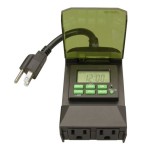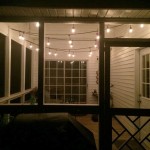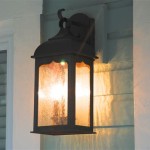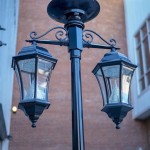Mastering Outdoor Portrait Light Setup for Stunning Results
Outdoor portraiture offers a vast canvas for capturing captivating images, and lighting plays a pivotal role in shaping the mood and impact of your results. Understanding the fundamentals of outdoor portrait light setup is essential for achieving professional-looking portraits that exude depth, vibrancy, and character.
Natural Light: Harnessing the Sun's Energy
Natural light is the most accessible and often flattering source for outdoor portraiture. The quality and direction of sunlight vary throughout the day, influencing the overall appearance of your images. During sunrise and sunset, soft, golden light bathes the scene, producing warm and ethereal results. Midday light, on the other hand, can create harsh shadows and high contrast, so it's best avoided for portraiture.
Creating Shade: Diffusing the Sun's Rays
If direct sunlight is too intense or creates undesirable shadows, you can create shade using natural elements like trees, buildings, or even a portable diffuser. Diffused light gently wraps around the subject, reducing contrast and producing a more even and flattering illumination.
Positioning the Subject: Angle and Distance
The angle at which you position your subject relative to the light source significantly affects the resulting image. Side lighting sculpts the face, creating depth and drama. Front lighting evenly illuminates the subject but can result in a flat appearance. By experimenting with different angles, you can find the one that best suits your creative vision.
The distance between the light source and the subject also influences the image. Closer light sources create a softer, more diffused effect, while distant light sources produce more contrast and shadows. Moving the light closer to the subject can also create a more dramatic and intimate feel.
Reflectors and Flash: Enhancing Light
Reflectors can be used to bounce sunlight into shaded areas, reducing shadows and brightening the overall image. They come in various sizes and shapes, allowing you to control the intensity and direction of the light. Flash can also be used as a supplementary light source to fill in shadows or add catchlights to the eyes.
Experiment and Refine
The art of outdoor portrait light setup requires experimentation and refinement. By understanding the principles of natural light, creating shade, positioning the subject, and utilizing reflectors and flash, you can master the techniques to create stunning outdoor portraits that capture the essence of your subjects and elevate your photography skills.

8 Invaluable Tools For Outdoor Photographers On A Sunny Day B H Explora

Pin By David Casimer On Photography Ideas Lighting Setup Portrait Studio

How To Mix Ambient Light And Fill Flash For Outdoor Portraits

Applying The 3 Light Studio Setup To Outdoor Portraits

Three One Light Portraits On Location

Outdoor Flash Photography Tips For Natural Or Dramatic Portraits

11 Outdoor Portrait Photography Tips For Easy Shots

Allison Shelby Lighting Work Setup Dramatic Photography Photo Light

Applying The 3 Light Studio Setup To Outdoor Portraits

How To Use Off Flash For Portraits Outdoor Photography
Related Posts







